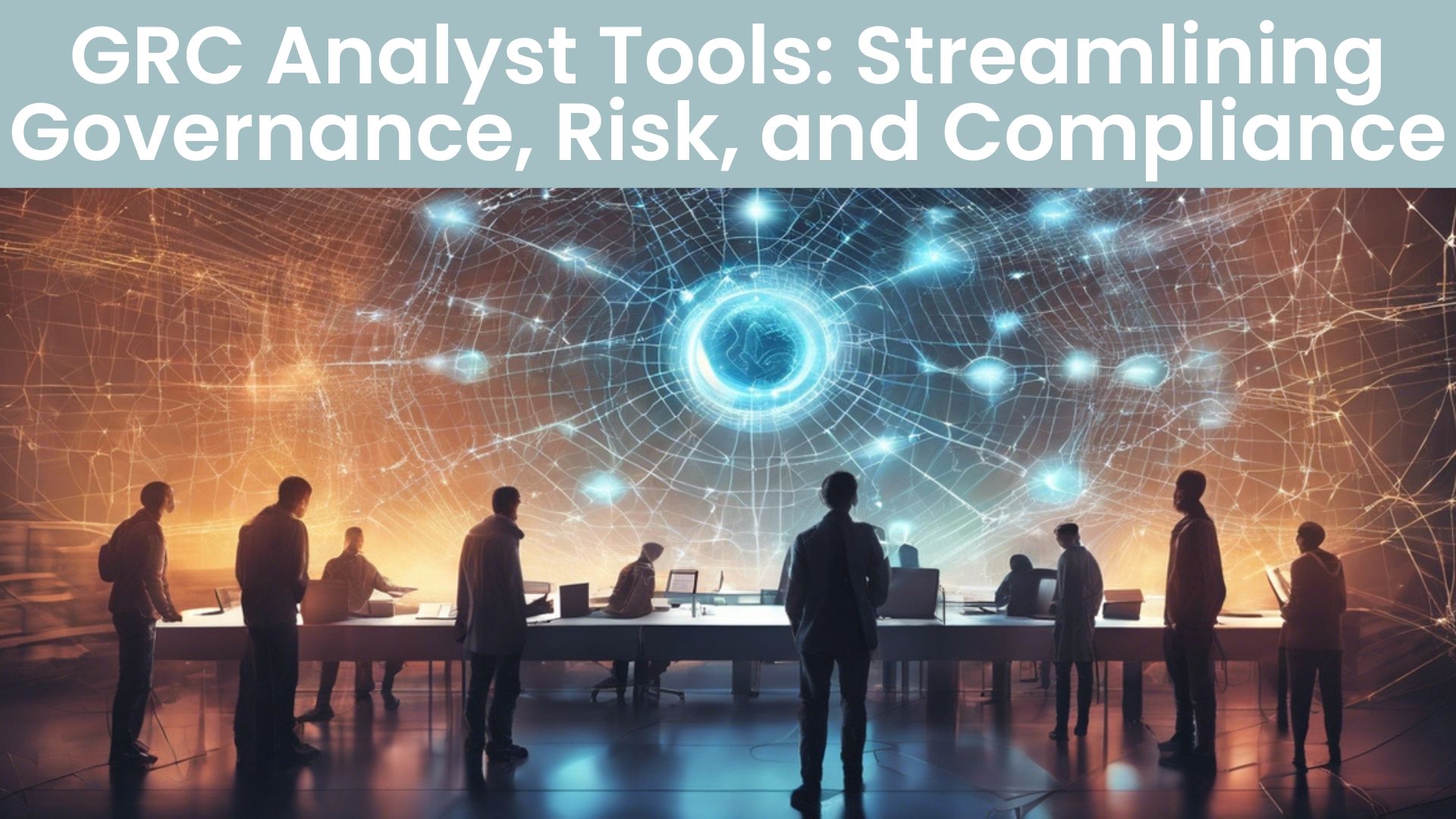In today’s ever-evolving regulatory landscape, managing governance, risk, and compliance (GRC) is crucial for businesses of all sizes. This comprehensive approach ensures ethical operations, mitigates potential risks, and adheres to relevant regulations. However, efficiently managing these intertwined elements can be a complex and time-consuming task. This is where GRC analyst tools come into play.

The Rise of GRC Tools:
The GRC software market is expected to reach a staggering $20.4 billion by 2026, reflecting a significant rise in adoption (Source: [Market Research Future]). This growth is driven by the increasing complexity of regulations, rising data privacy concerns, and a growing emphasis on good corporate governance.
Benefits of GRC Analyst Tools:
- Enhanced Efficiency: GRC tools automate manual tasks like risk assessments, compliance tracking, and reporting, freeing up analyst time for more strategic work.
- Improved Visibility: These tools provide a centralized platform for managing all GRC data, offering a holistic view of the organization’s risk landscape and compliance posture.
- Streamlined Collaboration: GRC tools facilitate communication and collaboration between different departments (e.g., legal, IT, security) involved in GRC activities.
- Reduced Costs: By automating tasks and improving efficiency, GRC tools can help organizations save money on compliance costs and mitigate potential financial losses from regulatory breaches.
Key Features of GRC Analyst Tools:
- Risk Management: Tools help identify, assess, and prioritize risks, allowing for proactive mitigation strategies.
- Compliance Management: They track compliance obligations, automate reporting, and streamline audit preparation.
- Policy Management: Tools facilitate the creation, dissemination, and enforcement of corporate policies.
- Incident Management: They enable efficient tracking and resolution of security incidents and compliance issues.
- Reporting and Analytics: Tools provide insightful reports and analytics to support data-driven decision-making.
Choosing the Right GRC Tool:
With numerous GRC tools available, selecting the right one requires careful consideration. Here are some key factors to evaluate:
- Organization size and needs: Choose a tool that scales with your organization’s size and complexity.
- Industry-specific requirements: Ensure the tool caters to the specific regulations and compliance needs of your industry.
- Budget: Consider the cost of the tool, including implementation and ongoing maintenance fees.
- Ease of use: Select a user-friendly tool that minimizes training time and facilitates adoption across the organization.
Conclusion:
GRC analyst tools are powerful solutions that empower organizations to effectively manage their governance, risk, and compliance activities. By leveraging these tools, businesses can gain a competitive edge, build trust with stakeholders, and achieve their strategic objectives in a compliant and sustainable manner.
Helpful Link:
- Enhanced efficiency
POSTED IN: Computer Security